Mobilizing finance for the low-emission rice value chain
| Regional forum seeks solutions to challenges in rice value chain development | |
| Mobilizing finance for low-emission rice value chains | |
| Vietnam an important link in global value chains: int’l observer |
 |
| The project to develop one million hectares of sustainable high-quality rice cultivation associated with green growth in the Mekong Delta region requires large capital to invest in equipment and materials for production. Photo: ST |
Financial bottlenecks
Sharing at the workshop "Consultation on financial access in the low-emission rice value chain in Vietnam" held from August 27 to 28, Dr. Tran Dai Nghia, Head of the Department of Natural Resources and Environment Economics, Institute of Policy and Strategy for Agriculture and Rural Development (IPSARD) said that the one million hectares of high-quality, low-emission rice project is of great significance to the agricultural sector, the economy and the goals of adaptation and mitigation of climate change impacts in Vietnam. However, to participate in and effectively develop the project, the financial needs of participating entities and units are very large. Especially in the conditions where agricultural production is facing the challenge of strong climate change.
Mr. Nguyen Do Anh Tuan, Director of the Department of International Cooperation, Ministry of Agriculture and Rural Development, said that if the project of sustainable development of one million hectares of high-quality rice is successfully implemented, it will be a revolution in rice production. The project will carry out many synchronous tasks from infrastructure, farming methods, mechanization, etc. In addition, it will reorganize production, strengthen links between people, cooperatives, enterprises, and traders to reduce risks in prices and markets.
According to estimates, the project will create a new value of about 21,000 billion VND/year, equivalent to about 840 million USD/year. This figure includes reducing production costs (9,500 billion VND), increasing product prices (7,000 billion VND), selling carbon credits (about 2,500 billion VND), and utilizing waste and by-products (2,000 billion VND). In addition, people's income is forecast to increase by 40%, while one million jobs for farmers in the project area are guaranteed, contributing to building Vietnam's image in the international arena.
However, Mr. Anh Tuan said that the biggest difficulty of the project is calling for capital to implement the project, up to about US $ 3 billion. This figure will be spent on infrastructure, irrigation, as well as improving skills and technical support for localities. It is expected that 60% will be socialized capital, the remaining about US $ 1.2 billion will be mobilized from international organizations such as the World Bank, ADB, etc.
At the perspective of the unit participating in the project, Mr. Tran Van Chung, Director of Phat Tai Agricultural Cooperative (Tra Vinh) said that the Cooperative is receiving technical support from the State, 30% support for cluster sowing costs, 100% fertilizer, but the Cooperative still needs support to access capital to invest in straw rolling machines. Because the production of low-emission rice value chains has high requirements for collecting and processing straw after harvest. This requires cooperatives to have straw rolling machines, but the cost for each straw rolling machine for large-scale collection is up to billions of Dong.
The capital difficulties of farmers and cooperatives were explained by Mr. Le Duc Thinh, Director of the Department of Economic Cooperation and Rural Development, Ministry of Agriculture and Rural Development, because farmers and cooperatives mostly still produce on a small scale, without synchronizing processes in all localities. Meanwhile, traditional credit models are less suitable for lending to collective economic models and cooperatives.
Even enterprises that cooperate with cooperatives to produce low-emission rice to implement large-scale production linkage contracts also face difficulties due to lack of financial resources. Therefore, enterprises need support to solve the problem of borrowing capital in the medium and long term to ensure contracts with cooperatives such as supplying input materials, purchasing ripe rice, applying new technologies, and investing in technical facilities according to the industry value chain.
Commitmenting of banks and international organizations
Facing with the above capital difficulties of enterprises and cooperatives, Mr. Nguyen Quang Ngoc, Deputy Head of Credit Policy Department, Bank for Agriculture and Rural Development (Agribank) said that Agribank can support a minimum reduction of 1% interest rates for farmers, cooperatives, and enterprises participating in the one million hectares of high-quality rice project. Appraisal and disbursement procedures will also be implemented very quickly for units participating in this project.
In addition to domestic banks, international funding sources are also committed to meeting the financial needs of the project. Mr. Nguyen Do Anh Tuan, Director of the Department of International Cooperation, Ministry of Agriculture and Rural Development, said that the World Bank (WB) has committed to participating in funding about US $ 330 million for the one million hectares of high-quality, low-emission rice project. In addition to the loan funding, the WB has also agreed to support access to financial support organizations for emission reduction and the high-quality carbon credit market for rice, initially capital from the Transition Carbon Finance Fund (TCAF) worth US $40 million, along with a non-refundable aid of US $ 4 million. Since the end of the year, the Ministry of Agriculture and Rural Development will propose the Ministry of Justice to support guidance on the process and procedures for proposing the application of specific mechanisms for projects using foreign loans to submit to the Government and the National Assembly for approval.
The capital is ready, the remaining issue is the implementation of farmers, cooperatives and enterprises to bring efficiency to the project of producing high-quality, low-emission rice. Doing this, appropriate support from agencies and sectors is needed in the application of technology, techniques, machinery, and infrastructure investment.
Mr. Le Duc Thinh also said that it is necessary to study and amend the credit policy for rural agricultural development, in addition, there should be a credit program for high-quality, low-emission rice products in the Mekong Delta. In addition, it is necessary to study and implement a financial value chain model, a lending model linking three parties including banks - key enterprises in the chain and cooperatives to remove difficulties in accessing finance in developing the rice value chain.
Related News

“Give and Take” in the Value Chain of the CPTPP Market
09:30 | 20/12/2024 Import-Export

Principle of reciprocity of the value chain in the CPTPP market
09:18 | 15/12/2024 Import-Export

Vietnam makes comprehensive strides in public financial management reform
09:16 | 01/12/2024 Finance

Major reforms in the management of state capital in enterprises
09:18 | 01/12/2024 Finance
Latest News
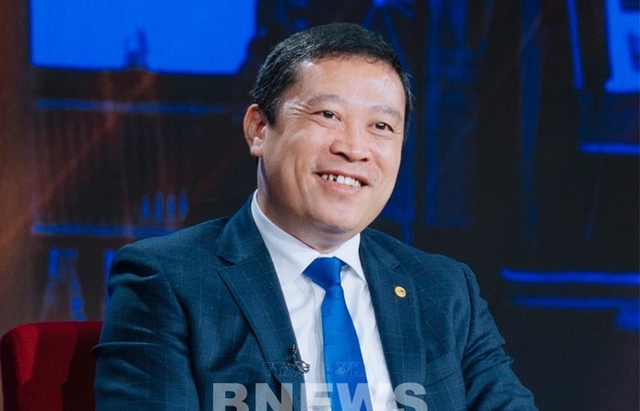
Embracing green exports: a pathway to enter global supply chains
10:33 | 20/02/2025 Import-Export
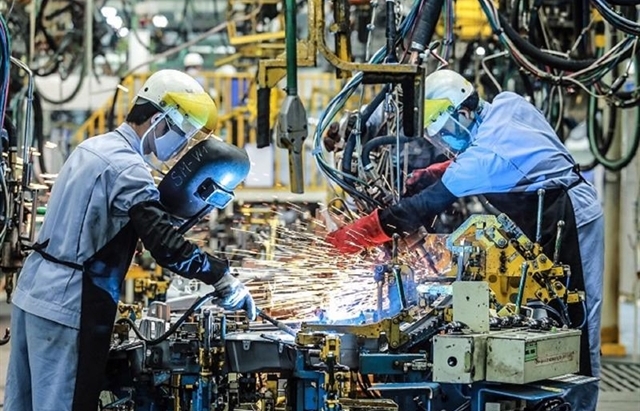
New policy proposed to prevent transfer pricing, tax evasion of FDI enterprises
10:32 | 20/02/2025 Import-Export
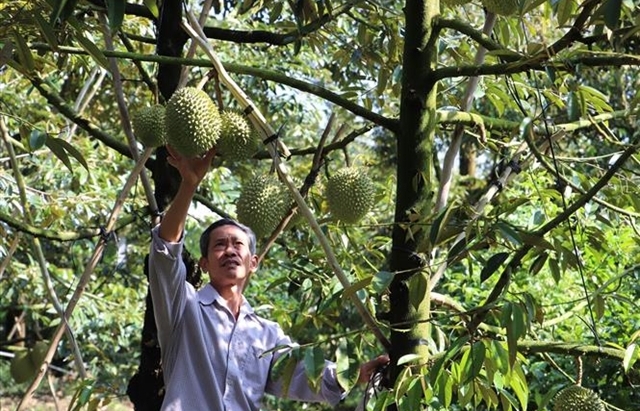
Việt Nam’s durian exports to China plummet by 80%
16:18 | 19/02/2025 Import-Export
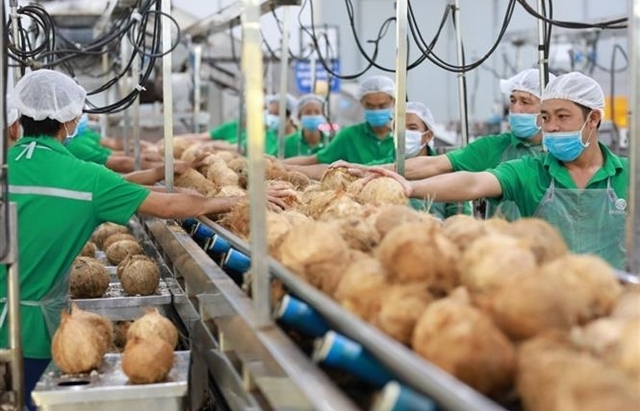
Coconut exports reach 14-year high
15:29 | 18/02/2025 Import-Export
More News

Shrimp exports grow in the first month of 2025
15:28 | 18/02/2025 Import-Export
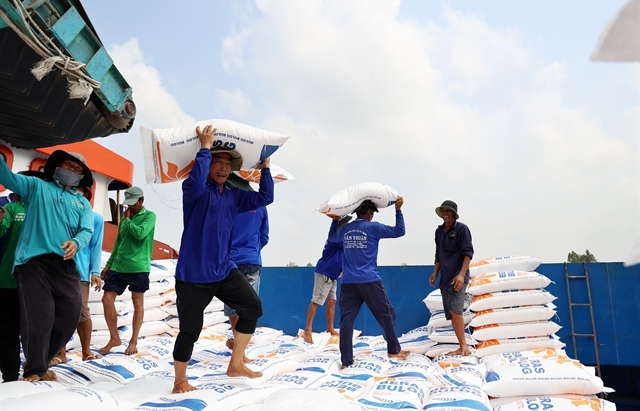
Rice export prices drop, but decline expected to be short-term
08:10 | 17/02/2025 Import-Export
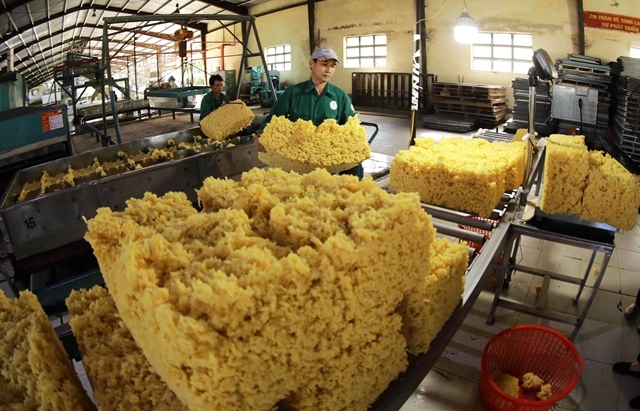
Key agro products expected to maintain export growth this year
08:08 | 17/02/2025 Import-Export
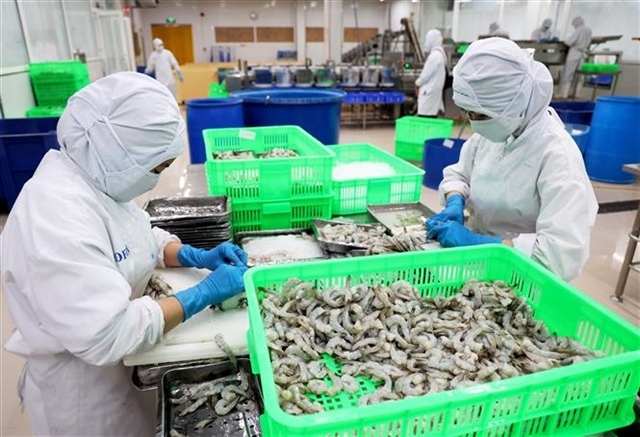
EU issues 12 warnings against Việt Nam’s food and agricultural exports
08:07 | 17/02/2025 Import-Export
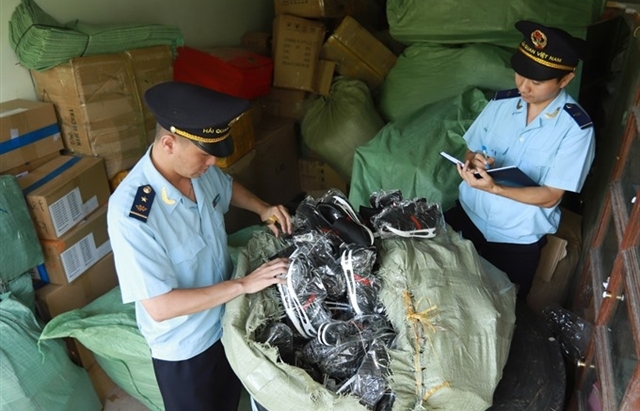
Việt Nam to impose VAT on low-value express-imported goods
08:06 | 17/02/2025 Import-Export

Exchange rate risks need attention in near future
16:31 | 15/02/2025 Import-Export
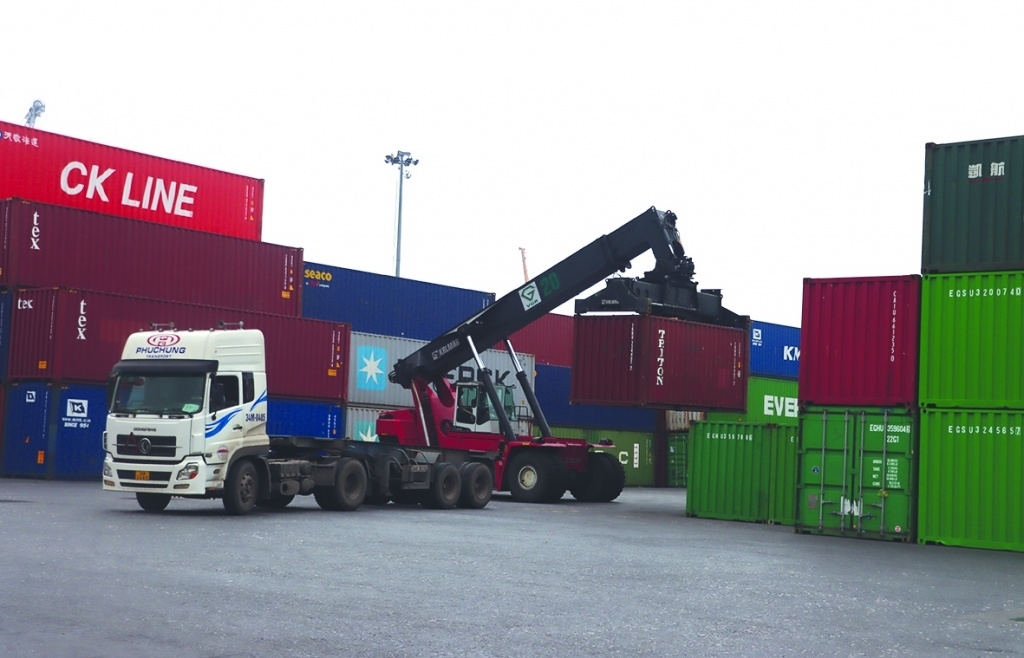
Vietnam kicked off the year with a strong start in trade, exceeding US$63 billion in the first month
16:30 | 15/02/2025 Import-Export

Import and export turnover reaches about US$29 billion in the second half of January 2025
14:52 | 14/02/2025 Import-Export

Market edges up slightly as liquidity remains low
14:48 | 14/02/2025 Import-Export
Your care

Embracing green exports: a pathway to enter global supply chains
10:33 | 20/02/2025 Import-Export

New policy proposed to prevent transfer pricing, tax evasion of FDI enterprises
10:32 | 20/02/2025 Import-Export

Việt Nam’s durian exports to China plummet by 80%
16:18 | 19/02/2025 Import-Export

Coconut exports reach 14-year high
15:29 | 18/02/2025 Import-Export
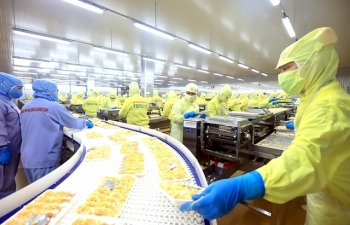
Shrimp exports grow in the first month of 2025
15:28 | 18/02/2025 Import-Export
